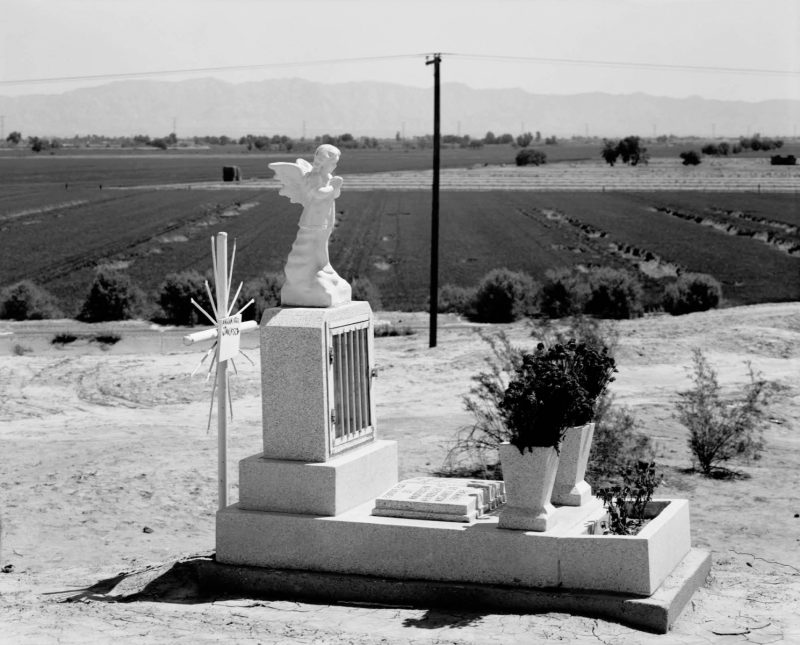The parable runs that once upon a time, the city fathers of Calexico… prohibited alcohol, and thereby brought into being Mexicali, where the very first place of business… was a plank set up under a mesquite tree where mescal and tequila were dispensed.
—William T. Vollmann, Imperial
The international border to our south has a way of encouraging derangement in the two countries it separates. The border—a sometimes fence—is two thousand miles of brush and desert, dotted by US and Mexican cities and towns that stare at each other across the line, through a glass darkly. My own border town, El Centro, California, is a place that four generations of my family, for reasons still not entirely clear to me, have called home. The town shares an arid climate, the Colorado River, an agricultural economy, and a sense of blasted isolation with its much larger Mexican neighbor, Mexicali.
Getting there is simple: Leave San Diego, head east on I-8 into the mountains. Drive ninety miles, until you’re swerving down a steep mountain grade with the desert floor below. Now you’re in Imperial County. Take twenty-five more miles of a lightless, ruler-straight road through the desert. Here is El Centro, Imperial’s county seat and largest town, where being Mayor is still a part-time job, the two state prisons are huge employers, and kids are a lot more likely to join the fight in Iraq or Afghanistan than they are to go to college. I say I’m from California, because I am, but an entire image of California is sanded down and burned off along these highways south and east. Beach-front, Hollywood, “San Francisco liberals,” and film actors with second careers in state government are replaced by a place where a few thousand people will line up before dawn to apply for a few hundred jobs at a new Food-4-Less.

Imperial County gives William T. Vollmann the title, and the subject, of his new nonfiction book, Imperial. Owing to some tendentious geographical license, Imperial spans much more than Imperial County, as Vollmann draws his history and stories from what census takers know as Riverside County, parts of Arizona, and Baja California. However you draw the map, this is a place of nested worlds: rural and urban; American and Mexican; desert and farmland. The place seems to have...
You have reached your article limit
Sign up for a digital subscription and continue reading all new issues, plus our entire archives, for just $1.50/month.
Already a subscriber? Sign in




